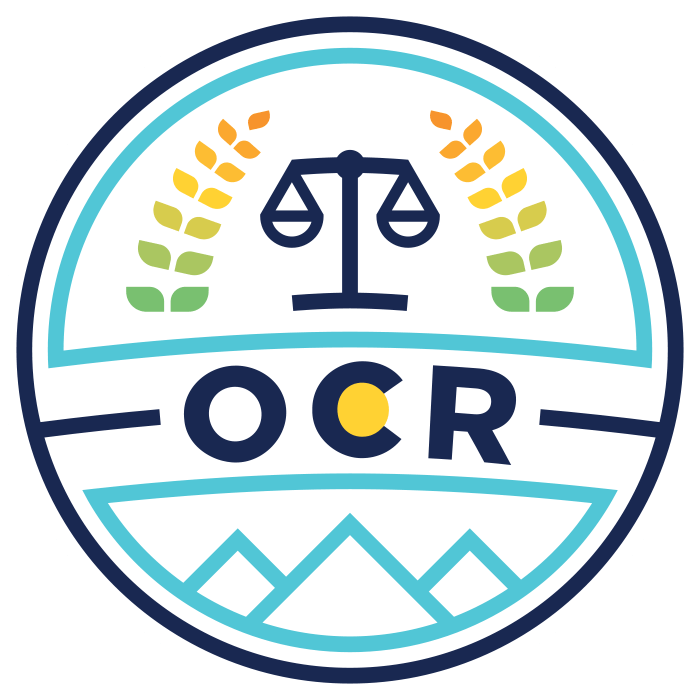Program Area 4 (defined as “youth in conflict”), is the program area through which counties serve a broad array of youth, including children referred through the delinquency system.
Until the new rules, “youth in conflict” was not defined. The rules define youth in conflict as a youth “involved in a conflict which results in the high likelihood of suffering substantial harm and/or injury to the child/youth, family, and/or community.” In contrast, Program Area 5 applies to children in need of protection, and Program Area 3 applies to prevention services.
Until the new rules, there were no rules governing the process that the county should engage in when a Program Area (PA) 4 referral is made—with regard to assessment, placement, or ongoing services. This led to inconsistent (and at times not very comprehensive) assessments in court-ordered investigations in delinquency and truancy cases as well as in placement evals ordered through Article 2. Additionally, the lack of rules regarding this program area resulted in Child and Family Services Reviews (CFSR) findings of non-compliance with federal law regarding reasonable efforts findings, face-to-face contact with parents and caregivers, and screening for safety. Fiscal Year (FY) 2017 CDHS statistics were telling, as they demonstrated that children with a closed PA4 assessment had a 57% chance of a subsequent referral within 12 months. 38% (1,015 unique children) had those referrals screened in and of those screened in referrals 39% (399 children) were assigned as intrafamilial abuse/neglect assessments. The rules establish requirements for screening and assessing children referred through this program area. Specifically:
- 12 CCR 2509-2:7.105(B) outlines the minimum requirements for an assessment. To highlight a few: face-to-face contact with the youth; face-to-face contact with the primary caregiver; assessment of likelihood of substantial harm; efforts to engage noncustodial parents; use of the Colorado family safety assessment and risk assessment tools.
- 12 CCR 2509-2:7.103.5(c) now requires a county department to review and respond by face-to-face intervention or by telephone when it is notified by a detention or law enforcement officer that the youth is inappropriate for secure detention but cannot be returned home.
Additionally, the rule packet changes the term “plan for transition to independent living/emancipation plan” in 12 CCR 2509-4:7.301.21 – the plan required for kids 14 and older in out-of-home placement – to the term “road map to success.” While not directly related to the rules, this change is based on feedback from youth focus groups.
The Placement Advocacy session at the CJDC/OCR/ADC Excellence in Juvenile Defense conference in April will provide more information about these rules and considerations for using them in GAL advocacy.
The free online CSS code beautifier takes care of your dirty code and strips every unwanted


